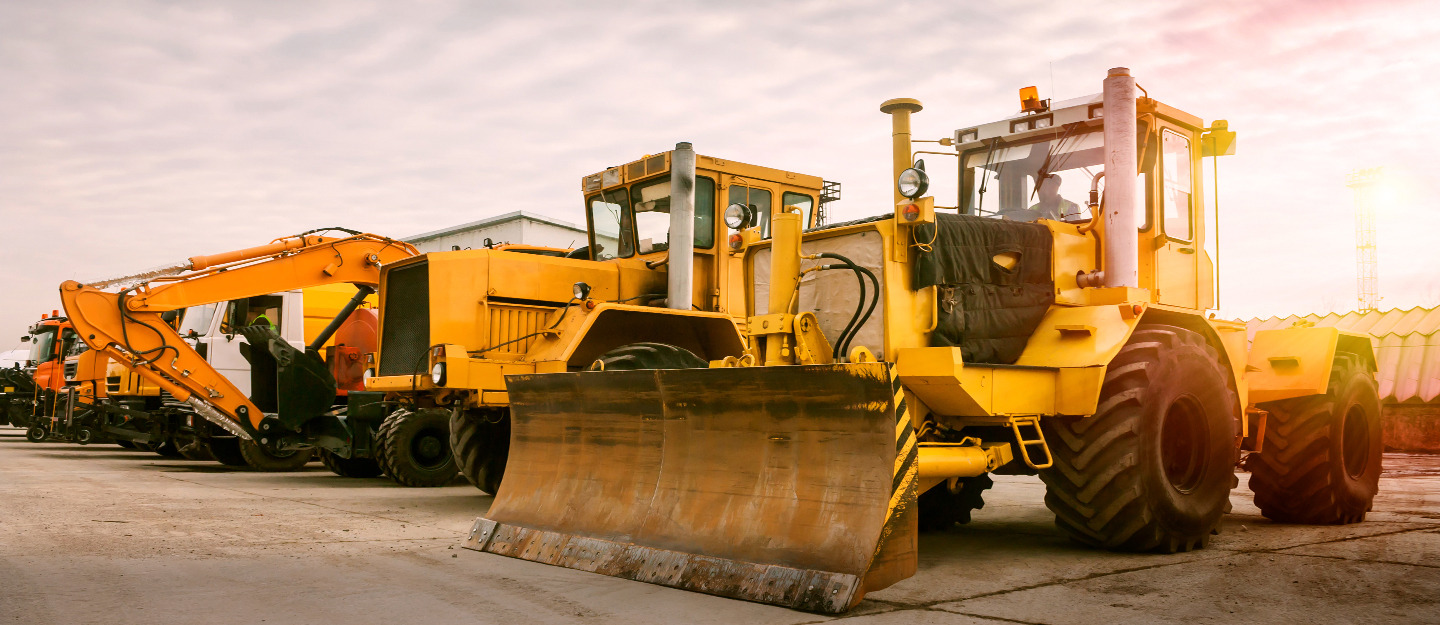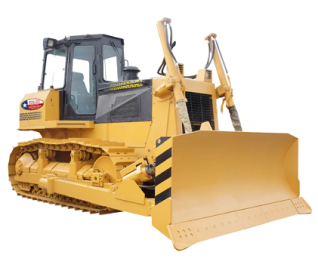The Basics Guide to Renting Excavators for Construction Projects
Renting excavators for building projects is an essential decision that demands a thorough understanding of different factors to make sure both efficiency and cost-effectiveness. From selecting the appropriate excavator kind and dimension to guaranteeing and bargaining rental terms safety protocols, each action plays a crucial function in the overall success of your project.
Kinds Of Excavators
Excavators can be found in numerous types, each made to execute particular jobs in building jobs. The most typical type is the conventional excavator, additionally called a spider excavator, which is common on most job websites for its convenience in material, trenching, and digging handling. These equipments operate tracks, supplying stability and wheelchair over uneven surface.
One more essential variant is the mini excavator, prized for its small dimension and dexterity. Ideal for tiny to medium-sized jobs, mini excavators stand out in restricted areas where bigger makers would struggle. They are regularly used for landscaping, energy job, and small-scale demolition.
For tasks needing extensive reach, the long-reach excavator is crucial. Geared up with a longer boom and arm, these makers can work in locations that are difficult to accessibility, such as across water bodies or deep excavations.
Lastly, there are customized excavators like the suction excavator, which utilizes high-powered fans to vacuum up dirt and particles, making it excellent for delicate underground energies. The dragline excavator, another specialized type, is frequently used in large-scale civil engineering tasks like canal dredging and mining because of its capability to lift heavy loads over cross countries.
Picking the Right Dimension
Selecting the suitable dimension of an excavator is important for the effectiveness and success of any kind of building and construction project. The dimension influences not only the maker's capacity to handle specific jobs however likewise the functional costs and site access. Excavators come in different dimensions, from compact systems ideal for small property tasks to big makers made for comprehensive business or commercial endeavors.
When making a decision on the excavator dimension,Understanding the scope of the job is important. For confined spaces or jobs needing accuracy, such as trenching for utility lines, a portable or miniature excavator is perfect. These machines provide dexterity and simplicity of ability to move without jeopardizing on power. Alternatively, massive earthmoving operations, like roadway building and construction or huge foundation digs, require the usage of big or common excavators. These versions offer improved reach, greater pail capability, and remarkable excavating force.
Consider the site's surface and gain access to points also. Bigger excavators might deal with challenges in tight or irregular locations, making smaller sized versions much more practical. By extensively assessing these variables, building supervisors can guarantee they pick an excavator dimension that maximizes efficiency and minimizes job hold-ups.
Rental Arrangement Fundamentals

Similarly vital is the comprehensive malfunction of expenses. This consists of the daily, once a week, or month-to-month rental rates, and any extra costs such as gas, cleansing, or delivery fees. It's suggested to ask about prospective charges for late returns or problems to stay clear of unforeseen expenses.
The condition of the excavator at the time of rental should additionally be well-documented. Guarantee the contract includes an extensive examination record that notes any pre-existing damages. This shields you from responsibility for issues that existed before your rental period started.
Insurance insurance coverage is an additional vital element. Confirm whether the rental firm provides insurance policy or if you need to secure your very own plan. Finally, comprehend the terms for tools maintenance and repair services. Recognizing your obligations for upkeep throughout the rental period will aid maintain the excavator in optimum working problem, decreasing downtime and boosting task efficiency.
Maintenance and Safety Tips
When handling excavators on a building site, sticking to correct maintenance and safety and security procedures is essential for ensuring both operational effectiveness and employee safety - scissor lift rental Bremen you can try here GA. Routine upkeep checks must be conducted to determine and address potential problems prior to they escalate. Trick areas to examine include hydraulic systems, engine components, and undercarriage parts. Lubricating relocating parts and ensuring fluid levels are optimal can prevent costly downtime and prolong the device's operational life-span.
Security steps are just as vital. Operators should be completely educated and accredited to deal with excavators, comprehending the maker's limitations and controls. It's necessary to carry out everyday evaluations, concentrating on security functions such as alarm systems, seatbelts, and emergency situation shutoff switches over. In addition, keeping a well organized and clean worksite lowers the danger of crashes. Clear communication protocols, including hand signals and radio interaction, should be developed to coordinate activities and procedures efficiently.
Carrying out a robust maintenance timetable and promoting a culture of safety can minimize threats significantly. Always consult the maker's guidebook for details upkeep periods and safety and security standards. By prioritizing these elements, building and construction jobs can proceed efficiently, reducing disruptions and making sure a safe working atmosphere for all personnel entailed.
Cost-Saving Approaches
Effective cost-saving approaches are crucial for taking full advantage of the roi when renting excavators for construction jobs. One crucial technique is to perform an extensive demands evaluation prior to rental. Understanding the particular requirements of your project aids in selecting the best type and size of excavator, protecting against unnecessary expenses on oversized or overly specialized tools.
An additional important strategy is to negotiate rental terms. Several rental companies provide flexible pricing structures, particularly for lasting services. Developing an excellent connection with the rental supplier can additionally lead to loyalty discounts and much better terms. Furthermore, scheduling ahead of time can sometimes protect reduced rates contrasted to last-minute rentals.

Lastly, take into consideration the total cost of ownership, including gas, transportation, and insurance coverage. Bundling these services with the rental contract can usually cause a more favorable total bundle. By carrying out these techniques, building tasks can attain significant expense effectiveness while guaranteeing operational efficiency.
Conclusion
Finally, the critical option and leasing of excavators for building and construction jobs necessitate a detailed understanding of excavator types, ideal sizing, and the intricacies of rental contracts. Stressing regular upkeep and safety and security protocols is crucial to making sure functional efficiency and lessening dangers. Executing cost-saving methods via careful planning and arrangement can further boost task performance while regulating expenditures. Complying with these official statement standards will certainly add considerably to the effective execution of construction ventures.
From selecting the appropriate excavator type and size to discussing rental terms and making sure security protocols, each step plays a crucial function in the general success of your task. forklift rental Bremen GA. The most common type is the common excavator, also known as a spider excavator, which is ubiquitous on most job websites for resource its versatility in digging, product, and trenching handling. By completely examining these elements, building managers can ensure they select an excavator size that optimizes efficiency and minimizes project delays

Recognizing your responsibilities for maintenance throughout the rental duration will assist keep the excavator in optimum functioning condition, reducing downtime and improving project performance.
In verdict, the critical option and rental of excavators for construction tasks demand a complete understanding of excavator types, ideal sizing, and the ins and outs of rental arrangements.